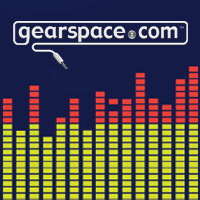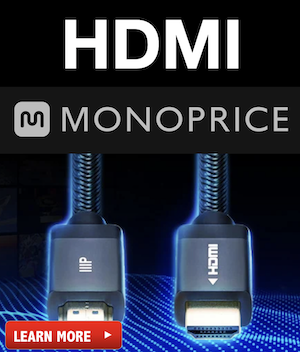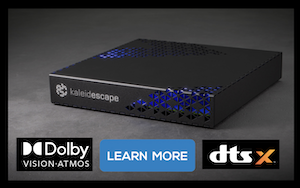Hello,
Currently I´m using the Umik-1 USB mic to do the measurements in Audiolense. I´m wondering if a mic like the Earthworks M23 or the Audix TM-1 will be better for that (mostly time alignment). My DAC is the Okto dac8 PRO, it has a micrphone input (AES/EBU) but doesn´t provide phantom power.
Thank you
Currently I´m using the Umik-1 USB mic to do the measurements in Audiolense. I´m wondering if a mic like the Earthworks M23 or the Audix TM-1 will be better for that (mostly time alignment). My DAC is the Okto dac8 PRO, it has a micrphone input (AES/EBU) but doesn´t provide phantom power.
Thank you


















